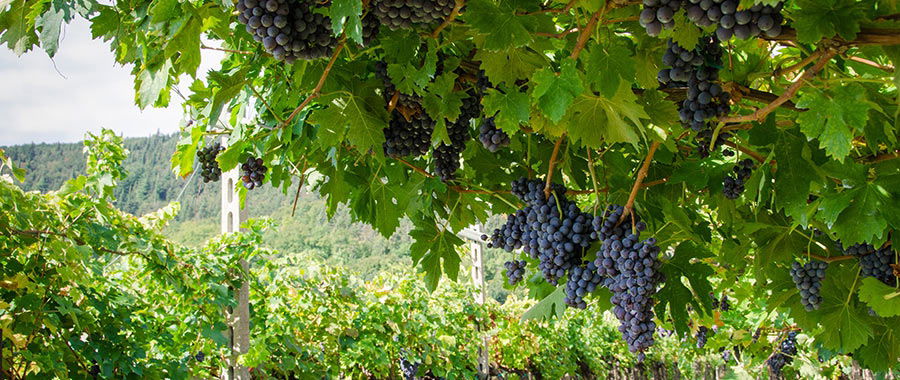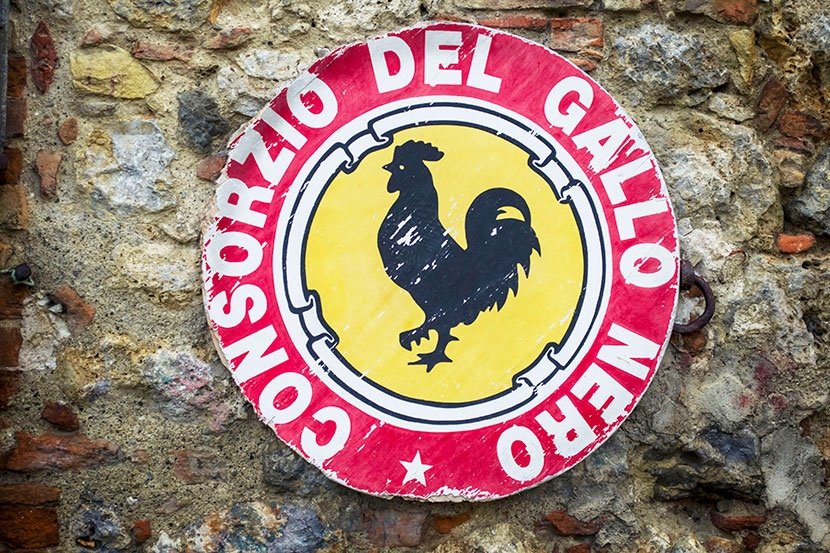BLOG
The grape varieties of Italy’s Veneto region
Maurizio Broggi Wine Education & Careers

The grape varieties of Veneto
Veneto’s grape varieties are almost equally divided between white and red. More than 60% of the cultivated varieties are native or Italian grapes. Among them, the indigenous Glera, Garganega and Corvina Veronese account for almost half of Veneto’s total plantings.
The western Veneto is largely and traditionally planted to native grapes; the vineyards are dominated by Garganega and Corvina Veronese.
In central and eastern Veneto, Bordeaux grape varieties are considered to be traditional; they were first planted in the 1830s but took on greater importance after phylloxera struck. Because of phylloxera, native varieties became rare or even disappeared. Merlot stepped into the void. It is now one of the most widely planted red varieties in Veneto and the region has Italy’s largest plantings of the grape. Cabernet Franc, historically planted in more significant numbers, is now eclipsed by Cabernet Sauvignon. Again, with almost 200 years of cultivation, the Bordeaux varieties are considered traditional in central and eastern Veneto.
Since the 1970s, Pinot Grigio has become another major presence there as a result of the success of the Santa Margherita label. Veneto lays claim to Italy’s largest plantings of this grape.
Chardonnay and Pinot Bianco are also widely planted in central and eastern Veneto, followed at some distance by Sauvignon Blanc, Pinot Nero, Carmenère and Malbec (spelled Malbech in Italy). Interestingly, Veneto is home to Italy’s largest plantings of Carmenère and Malbec (the former often being confused with Cabernet Franc in the past).
Cabernet
As with most other regions in northeastern Italy, Cabernet Franc and Cabernet Sauvignon are usually bottled together as a blend and labeled simply “Cabernet.”
As for local varieties, central and eastern Veneto is planted to Glera (the grape used for the popular Prosecco) and the interesting, but lesser-known Raboso, Vespaiola and Durella. Verduzzo Trevigiano is also widely planted in eastern Veneto.
Most widely planted grapes in Veneto:
Receive your FREE IWS Prep chapter!



